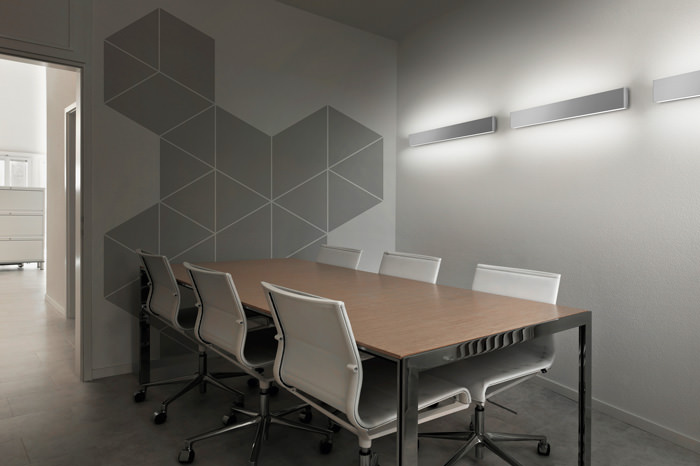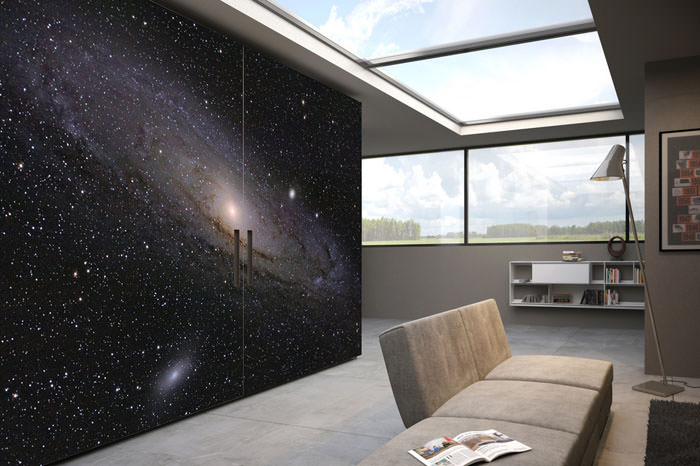Commercial design in architecture is a dynamic and multifaceted discipline that shapes the built environment where businesses thrive and communities connect. It encompasses a wide range of structures, from office buildings and retail spaces to restaurants, hotels, and cultural institutions.
At its core, commercial design is driven by functionality and brand identity. Architects and designers collaborate closely with clients to understand their unique vision, goals, and operational needs. The resulting designs must not only reflect the ethos of the business but also provide efficient and inspiring spaces for employees and customers alike.
Spatial planning is crucial in commercial design, balancing the practical requirements of workflow and circulation with the desire to create engaging and adaptable environments. Flexibility is key, allowing spaces to evolve over time as the needs of the business and its users change.
Materials, colors, and textures play a pivotal role in shaping the ambiance of commercial spaces. Whether it’s a sleek corporate headquarters or a vibrant retail store, the design language must resonate with the target audience and create a memorable experience.
Innovative technologies are increasingly integrated into commercial design, offering opportunities for energy efficiency, connectivity, and enhanced user experience. From smart building systems to immersive digital installations, these technologies elevate the functionality and appeal of commercial spaces.
Ultimately, commercial design is about more than just creating buildings; it’s about shaping environments that foster creativity, productivity, and community engagement. It’s about creating destinations that inspire, delight, and leave a lasting impression on those who inhabit them.


